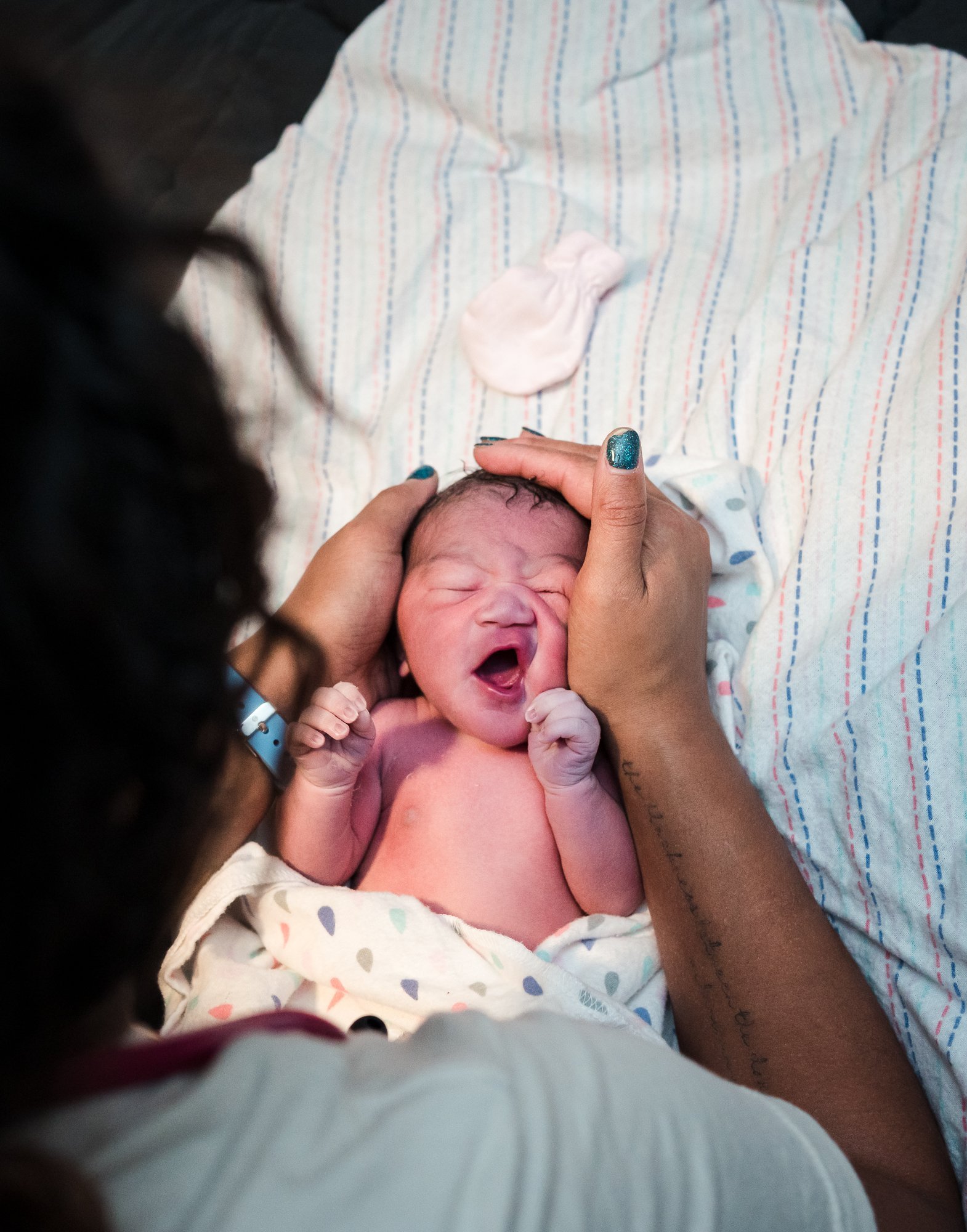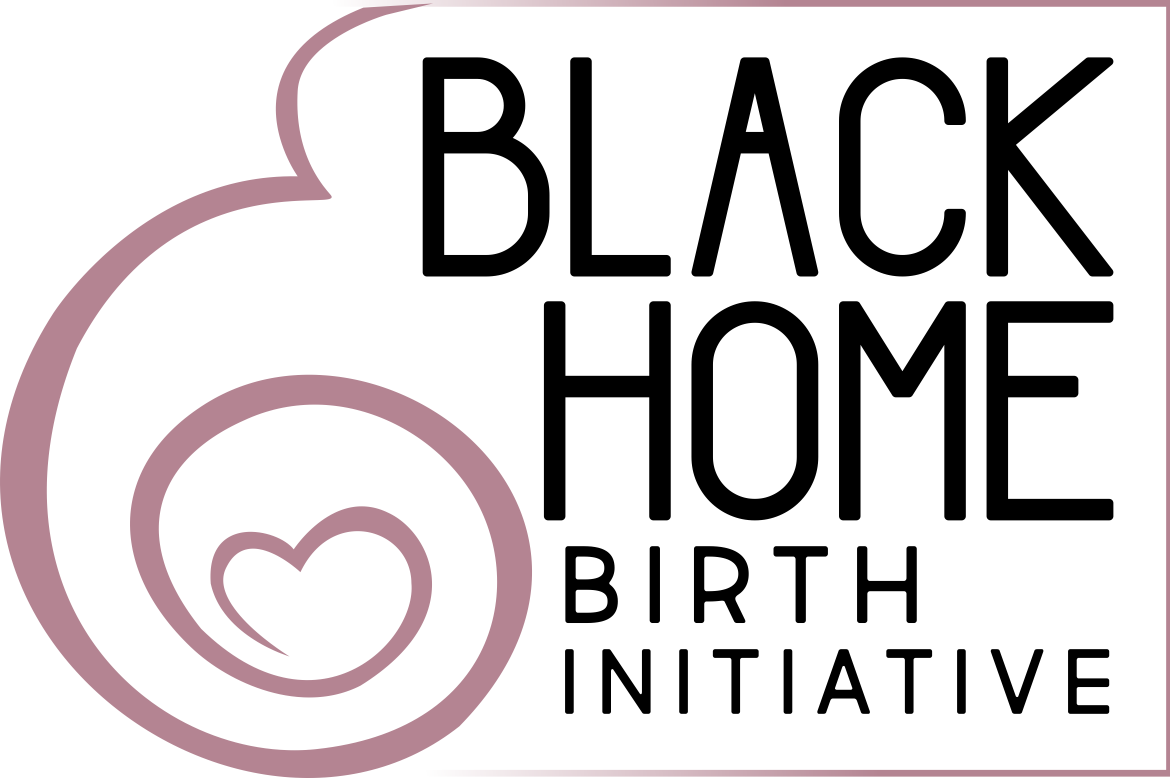
Safe Birth is a Human Right.
Together, we can make a difference for Black birthing families.
Black birthing people are more likely to die during the childbearing year, more likely to have serious complications, more likely to suffer a loss of pregnancy, more likely to lose a baby within the first year of life, and more likely to have a preterm baby in the United States.
We can change that.
In the United States, Black birthing people are:
3-12 times more likely to die from pregnancy and/or birth related complications. More than 50% of these deaths are preventable.
More likely to experience 22/25 major pregnancy complications than any other race.
1.5-2 times more likely to suffer a stillbirth
60% more likely to have a preterm baby
Twice as likely to lose a baby within the first year of life
Most likely to report experiencing obstetric violence, discrimination, obstetrical abuse, lack of treatment for reported symptoms, lack of access to care, and birth trauma.
For the past few years, Black maternal health disparities have been extensively studied. Studies have found that Black birthing people are significantly less likely to suffer any of the above health disparities if they have a Black provider. Furthermore, the research we have on community midwifery as a solution has shown that outcomes completely defy the above statistics if the family births outside of the hospital and has a Black midwife.

Ongoing studies show that Black families having access to a Black provider:
decreases the risk of mortality
decreases the rates of fetal loss, stillbirth, and neonatal demise
decreases the risk of having a preterm birth or low birth weight baby
decreases exposure to racism, trauma, and harm
decreases the likelihood of experiencing a complication
increases rates of bodyfeeding
increases overall satisfaction with birth and parenting experience
Homebirth originated in the US during the time of the Granny or Grand Midwives, and globally with Indigenous midwives. Black enslaved women caught babies within their communities for both Black and white birthing families, and treated their communities as healers. Throughout the 1900’s, obstetrics and hospital birth became the standard and Granny Midwives were prosecuted, persecuted, and jailed for practicing, effectively eliminating homebirth midwifery until the 1970’s.
In the 1970’s, the “our bodies ourselves” movement, spearheaded by white, heterosexual women began, and homebirth began to make it’s return. Over the next two decades, the Midwives Alliance of North America (MANA) and the North American Registry of Midwives (NARM) developed a pathway to certification for traditional midwives based on “core competencies” recognized by MANA, NARM, and the American College of Nurse Midwives.
The creation of this credential began the oppressive system of modern day homebirth midwifery, imposing barriers to becoming a midwife for those impacted by systemic racism. These barriers include:
High fees associated with applying for credentialing and taking the board examination. Today, it costs thousands of dollars to apply for the board, sit, and credential.
Core competencies based on racist obstetrical teachings that do not apply to those not within the global majority.
Racist application policies, such as requiring headshots with applications and intense scrutinization of non-white applicants.
The creation of this CPM credential also began the system of exclusion for non-white, non-heterosexual families through barriers to accessing care:
Exclusive financial policies: requiring thousands of dollars up front in order to access care making homebirth inaccessible for those impacted by systemic racism and economic disadvantage
Lack of access to non-white midwives
Lack of access to culturally competent care; limited access to allied midwives who are culturally conscious or are pursuing cultural competence

As an independent, autonomous system, we tend to view homebirth midwifery care as an exception to the system of oppression within healthcare for non-white people in the United States. This is only because Black families simply aren’t being served at home.

Current Statistics in US Midwifery
1/3 of Certified Professional Midwives in the United States report that their client base is over 95% white.
2/3 of CPMs in the United State identify as white
Less than 2% of all midwives in the United States are Black
Less than 5% of all homebirth families are Black
In Minnesota, there are 2 Black CPMs practicing in the entire state
There is one Black midwife attending homebirths in the state of Minnesota.
Source: North American Registry of Midwives
Our Solutions
-

Access
The Black Home Birth Initiative is removing the financial barrier to accessing a community midwifery care by funding Black families homebirth and/or doula fees and biweekly day clinic.
-

Awareness
We provide free community education for Black families as well as consulting services for allied birth organizations or professionals.
-

Midwives
The initiative is dedicated to training the next generation of Black midwives, and provides advocacy and funding resources for current students.



